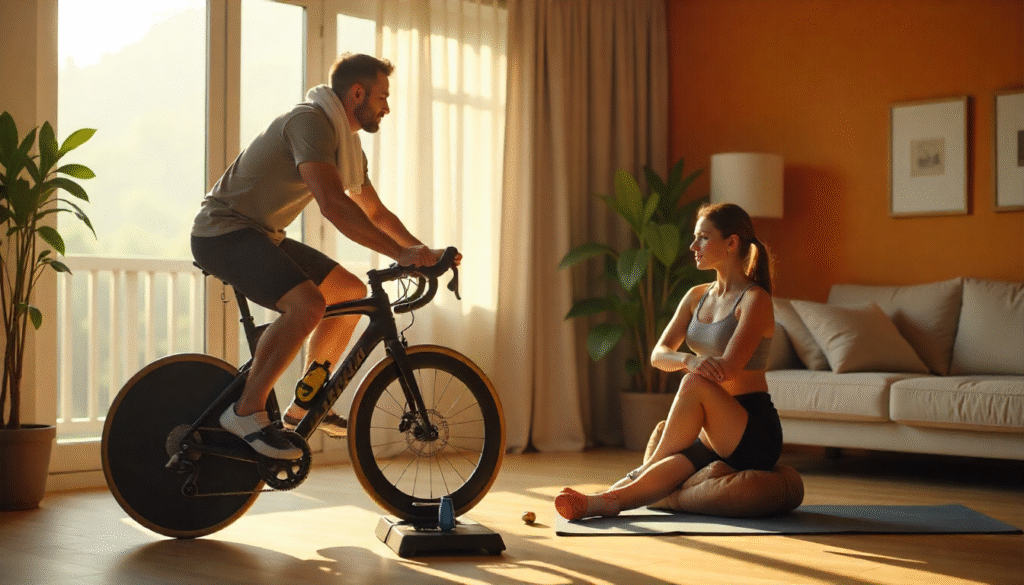The Best Fluffy Pancakes recipe you will fall in love with. Full of tips and tricks to help you make the best pancakes.
Cooling Down After Indoor Cycling : Essential Steps
Just finished a sweaty indoor cycling session? Don’t hit the shower yet. Cooling down properly boosts recovery, prevents soreness, and gets your body ready for the next ride. This guide walks you through essential post-ride steps—from light spinning and stretching to refueling and smart tracking. Make your recovery just as strong as your workout.

Your legs are toast. Sweat’s still dripping down your face. Your lungs are finally catching up. The ride is done—but your workout isn’t over yet. We’ve all been there, hopping off the bike and heading straight to the shower. But skipping your cooldown can stall your recovery and leave you stiff or sore the next day. A proper post-ride routine helps your heart rate come down gradually, flushes out fatigue, and gets your muscles ready for the next session. Whether you’re training for fat loss, performance, or stress relief, recovery matters just as much as effort. In this post, we’ll break down simple, effective cooldown steps that fit any indoor cycling routine. No fancy gear or long routines—just real strategies that work. Let’s make your recovery as strong as your ride.
Easy Spinning: Your Gateway to Proper Recovery
After pushing through intense intervals and challenging climbs, your body craves a gentle transition back to rest – and trust me, your legs will thank you for not just hopping off that bike immediately!
• Zone 1 Easy Spinning (5-10 minutes): Gradually reduce resistance while maintaining 80-90 RPM – think “Sunday morning leisure ride” pace, not “escaping zombies” intensity.
• Lactic Acid Flush: This easy pedaling acts like a gentle rinse cycle for your muscles, washing away that burning sensation and preventing tomorrow’s “I can’t walk down stairs” syndrome.
• Heart Rate Control: Let your heart rate drop gradually instead of shocking your system with an abrupt stop – your cardiovascular system prefers smooth transitions over dramatic cliff dives.
• Blood Flow Magic: Keep those legs moving to prevent blood from pooling and causing that dizzy “did I just spin myself into another dimension?” feeling when you finally dismount.
Breathing and Posture: Activating Your Recovery Systems
Time to channel your inner zen master while still clipped into those pedals – because proper breathing during your indoor cycling cool-down is like hitting the reset button on your entire nervous system.
• Sit Tall and Proud: Channel your best posture like you’re balancing a book on your head, shoulders relaxed and spine naturally aligned – no more hunched-over “cycling goblin” position.
• Nose In, Mouth Out: Breathe in slowly through your nose like you’re smelling the world’s best coffee, then exhale through your mouth like you’re gently blowing out birthday candles.
• Parasympathetic Activation: This fancy term basically means you’re switching from “survive this workout” mode to “time to chill and recover” mode – think of it as your body’s natural relaxation app.
• Cortisol Control: Deep breathing helps lower those stress hormones that spike during intense indoor cycling, giving your body permission to start the healing process instead of staying amped up.
Stretching After Indoor Cycling: Loosen Up the Right Way
After a tough ride, your muscles need more than rest—they need length. Cycling shortens your hip flexors, quads, and glutes. If you skip stretching, expect soreness and tightness later. Let’s fix that in just five minutes.
Target these muscles:
- Quads: They take the brunt of every pedal stroke.
- Hamstrings: Stretch to avoid lower back tension.
- Hip flexors: Tight hips equal poor posture.
- Glutes: Strong but stiff after long climbs.
- Calves: Often ignored but always overworked.
Hold each stretch for 20–30 seconds. Breathe deeply. Don’t rush—this moment is your cool-down reward. Indoor cycling recovery starts here, not with the ride’s end. Stretch consistently and you’ll feel stronger on every start line.
Refuel and Rehydrate: The First 30 Minutes Matter
Your ride’s done, but your body’s still working. Now’s the golden window for recovery. You’ve lost water, electrolytes, and glycogen—time to refill the tank.
Here’s your recovery checklist:
- Drink 500–750ml water with added electrolytes (coconut water or electrolyte tablets work great).
- Eat a light snack: banana + Greek yogurt, toast + peanut butter, or a protein shake.
Refueling within 30 minutes helps repair muscles, reduce soreness, and restore energy. Skip it, and tomorrow’s ride might suffer. Think of this moment as part of your workout. Proper post-cycling nutrition keeps you riding strong and happy—not dragging your feet through the next day.
Track, Reflect, and Recover Smarter
The ride felt good—but was it too hard? Too easy? Logging your indoor cycling sessions helps you ride smarter, not just harder.
What to do:
- Save your ride on your App.
- Jot down how you felt: energy, mood, legs, recovery.
- Bonus: Track HRV or resting heart rate the next day.
This isn’t just for data nerds. Tracking helps you spot fatigue early, plan rest days, and stay on track toward your goals. Overtraining hides in plain sight—logging keeps it in check. Recovery isn’t luck. It’s a habit. And smart cyclists make it part of every plan.
Strategic Recovery: Building Long-Term Performance
These cool-down practices aren’t just hippie wellness fluff – they’re your secret weapon for becoming that person who somehow always feels energized after indoor cycling instead of completely wiped out.
• Energy Investment: Think of cool-downs as depositing money in your fitness bank account – skip them and you’ll be overdrafting on energy for days.
• Soreness Prevention: Proper cool-downs are like a peace treaty with tomorrow’s muscle stiffness, helping you avoid the dreaded “robot walk” the next morning.
• Blood Pressure Stability: Gradual transitions prevent that “whoa, why is the room spinning?” moment when you finally step off the bike after crushing your workout.
• Training Consistency: When you recover smarter, you can train more consistently without feeling like you need three days to recover from one indoor cycling session.
• Adaptation Acceleration: Your body becomes a recovery ninja, learning to bounce back faster and stronger from each challenging workout.
you can check other posts also to learn How to Plan your Training and some tips , or even Avoid some Mistakes! And always remember :
“The guidance we once needed, now shared with you”






[…] This post pairs well with our guide on common indoor cycling injuries and the recovery routine in cooling down after a ride. Together, they’ll help you stay consistent without setbacks. Remember, progress doesn’t mean […]
[…] about playing it safe — it’s about playing it smart. With the right recovery plan like in Cooling Down After a Ride and smart injury strategies from Common Indoor Cycling Injuries and How to Prevent Them, your rides […]